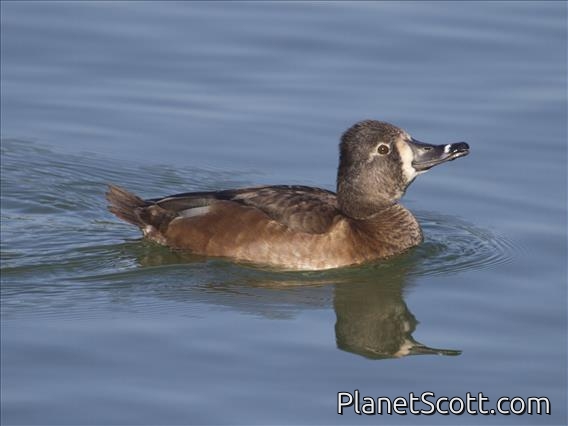Ring-necked Duck (Aythya collaris)

Ring-necked Duck (Aythya collaris) - Female

Ring-necked Duck (Aythya collaris) Female


×



Ring-necked Duck (Aythya collaris) - Female

Ring-necked Duck (Aythya collaris) Female
About Ring-necked Duck (Aythya collaris)
- Kingdom: Animals
- Phylum: Chordates
- Class: Birds
- Order: Anseriformes
- Family: Swans, Geese, and Ducks
The ring-necked duck is a diving duck from North America commonly found in freshwater ponds and lakes. The scientific name is derived from Greek aithuia, an unidentified seabird mentioned by authors including Hesychius and Aristotle, and Latin collaris, "of the neck" from collum, "neck".
Source: Wikipedia
Visits
-
2005-12-05
Sutro Heights--Baths / Land's End, United States of America -
2007-04-28
Palace of Fine Arts, United States of America -
2007-12-15
Golden Gate Park - Lloyd Lake, United States of America -
2010-01-03
Sacramento National Wildlife Refuge, United States of America -
2010-06-08
Talkeetna, United States of America -
2013-10-12
Redwood Valley, United States of America -
2013-11-29
Lake Merced , United States of America -
2014-01-21
Jimani, Dominican Republic -
2014-02-16
Golden Gate Park - Lloyd Lake, United States of America -
2014-12-07
Sutro Heights--Baths / Land's End, United States of America -
2014-12-26
Sutro Heights--Baths / Land's End, United States of America -
-
-
-
-
-
-
-
2025-12-16
Lake Merced , United States of America





